Walgreens has announced its plans to close a “significant portion” of its 8,500 stores in the United States over the next few years.
According to the healthcare giant, consumers are being more selective about how they spend their money at stores, thanks to years of high inflation and high prices of goods. This has seemingly hurt Walgreens, which has resulted in this decision to close a large amount of stores.
Closing Underperforming Stores
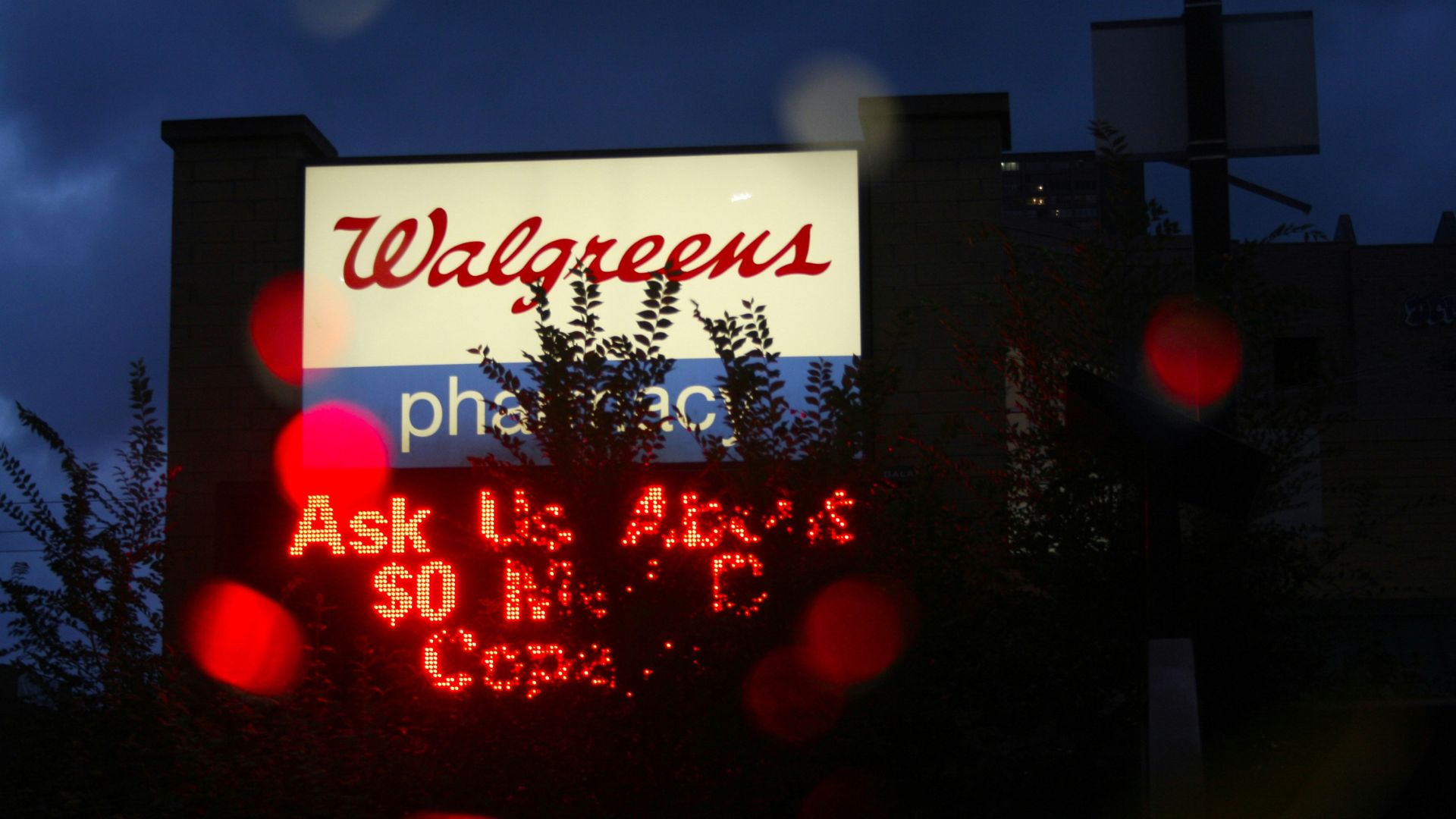
In a conference call with industry analysts, Walgreens’ Chief Executive Tim Wentworth opened up about this decision to close a significant amount of stores around the United States.
Wentworth detailed how about a quarter of all of Walgreens’ 8,500 U.S. stores are considered “underperforming.” These stores will be the first to be closed.
Deciding Which Stores Will Be Closed

While Wentworth has revealed that a large amount of Walgreens will shut their doors, he didn’t offer a specific number to analysts about how many may be closed.
He also didn’t reveal which stores would be officially closed, though he did explain that these would be the underperforming locations.
Helping Struggling Walgreens
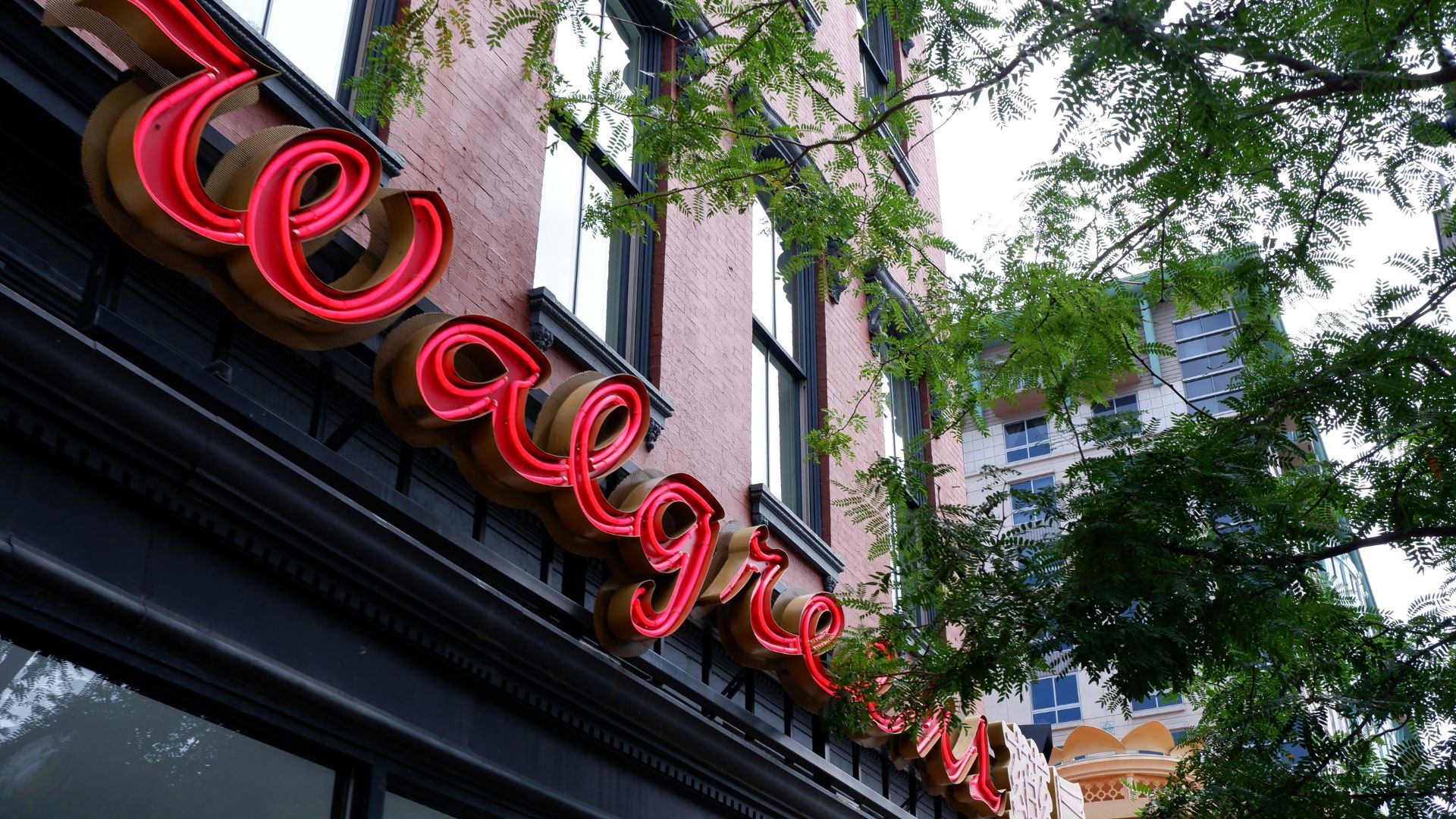
While some underperforming stores will be closed, Wentworth also detailed how they would help the remaining struggling locations.
By revitalizing these stores, Wentworth is hoping they will bounce back and continue to perform well in the near future. However, if these specific locations do not improve, they will end up being closed.
Underperforming Expectations

This decision has come after Walgreens recently reported that they brought in $28.5 billion in revenue over the last three months, ending in May.
While this reporting signals a slight increase when compared to last year during the same time frame, these earnings didn’t reach expectations.
Recent Walgreens Struggles
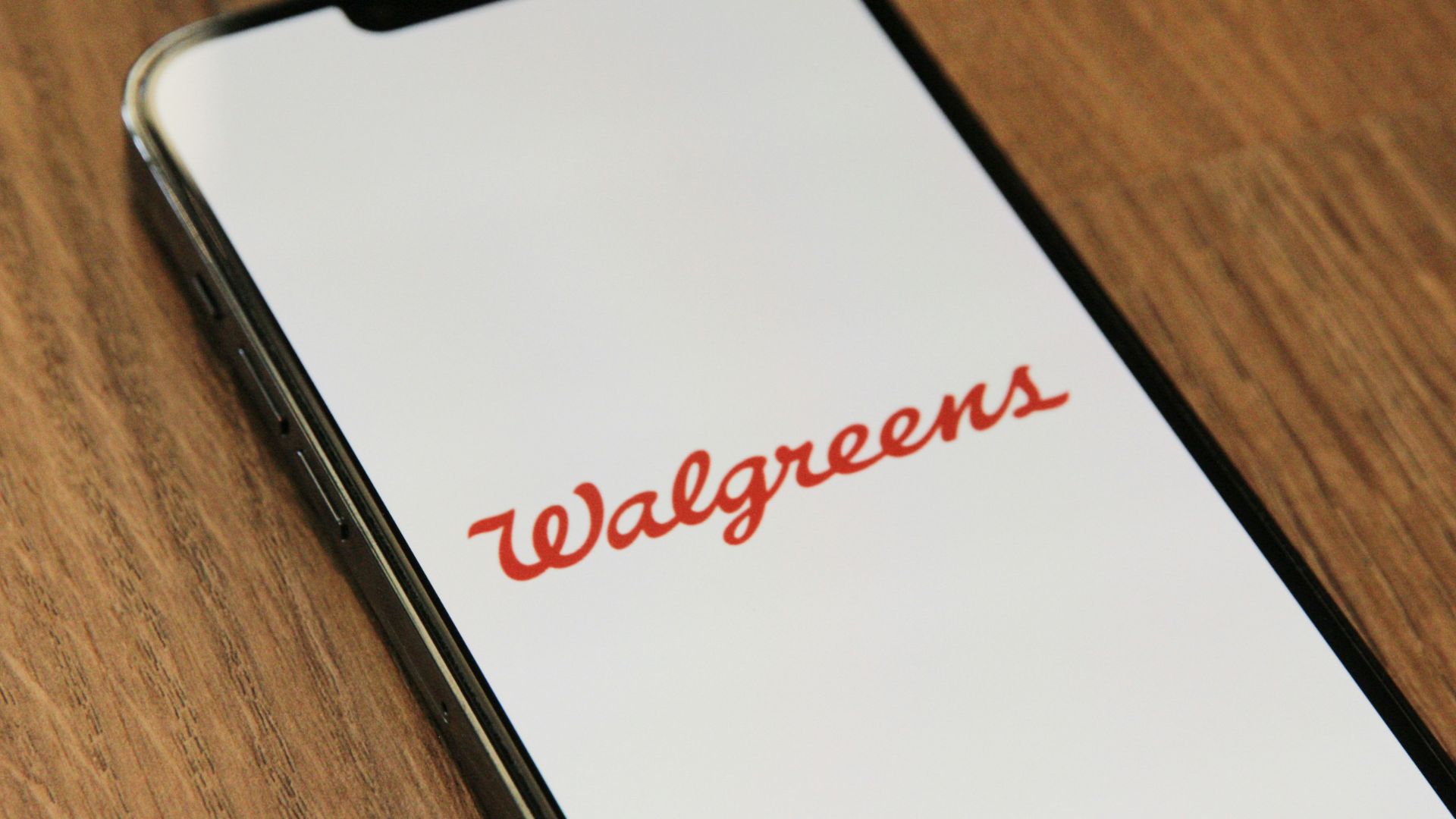
This mass closure announcement is also almost seven months after Walgreens revealed they would try to make some changes to their business as they realized consumers weren’t spending as much as they previously were at their locations around the U.S.
However, it appears this business review Walgreens conducted didn’t help bring consumers back into their stores.
Price-Conscious Customers

For the past few months, economic analysts have warned businesses that it appears American consumers are becoming more price-conscious.
Customers are no longer willing to continue to fork out a lot of their money to pay high prices for goods and services. Consumers are price fatigued, thanks to years of dealing with high inflation. Now, these customers are simply no longer buying as much as they were in the past.
Walgreens’ Customers’ Behavior
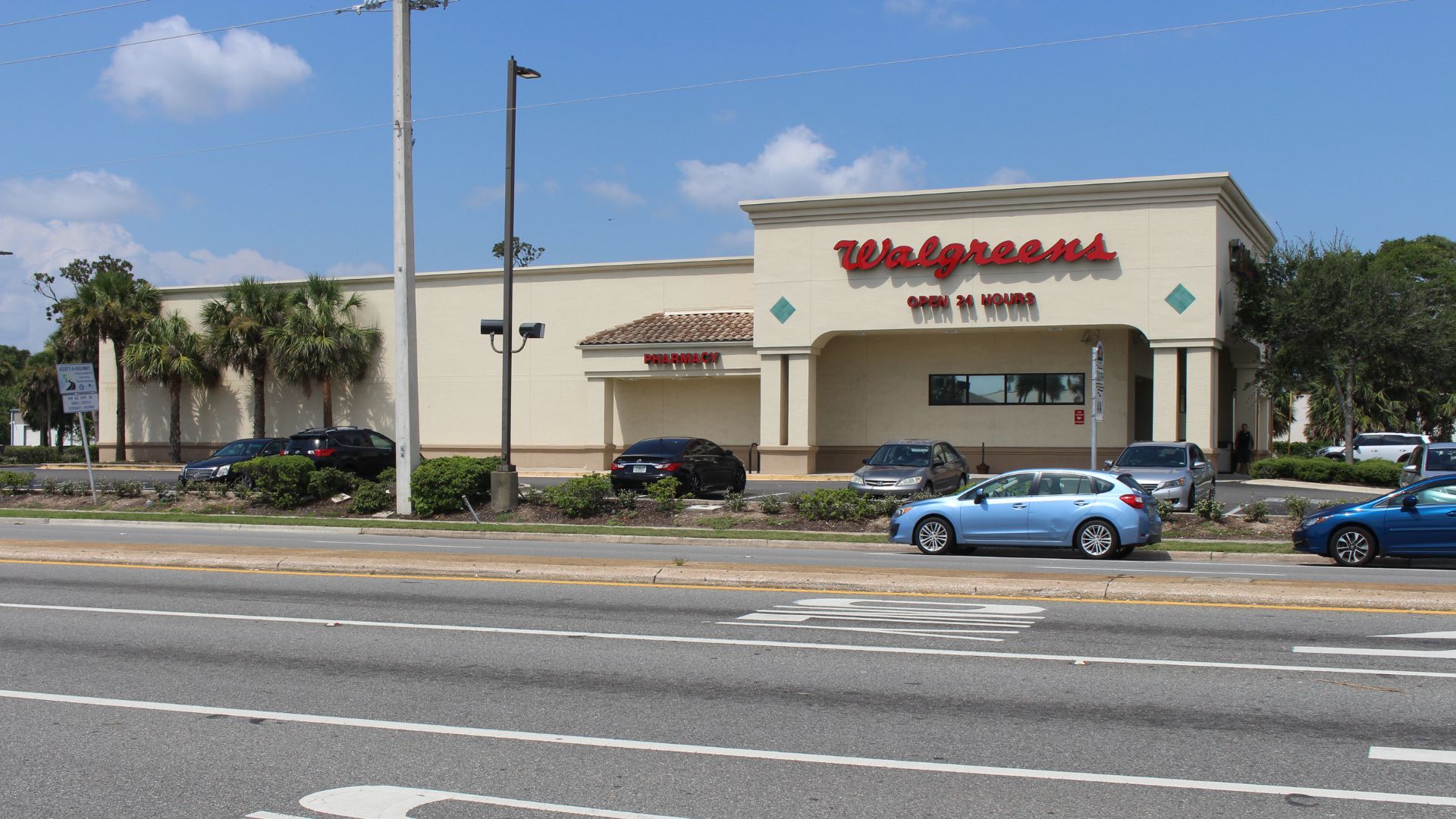
Walgreens has seemingly noticed this — though it’s not stopping the company from closing a large amount of stores. Wentworth explained in this call that elevated prices at Walgreens have caused price-sensitive consumers to stop buying.
He said, “Our customers have become increasingly selective and price-sensitive in their purchases.”
Slashing Prices

Earlier this year, Walgreens attempted to lure customers back into its stores by slashing many product prices. Other retail stores, such as Target, have also made this move in their quest to keep customer shopping and traffic high at all their locations.
Though Walgreens also announced discounts for 1,300 different products just last month, it appears these efforts to bring customers back into its stores failed.
Pharmacy Issues

Highly-priced items in its stores aren’t the only issue Walgreens has faced recently. Wentworth also explained that the company continues to face pharmacy industry challenges.
These challenges mostly stem from the fact that regulations have become costly. Insufficient reimbursements also remain a large issue for Walgreens.
Minimizing Layoffs
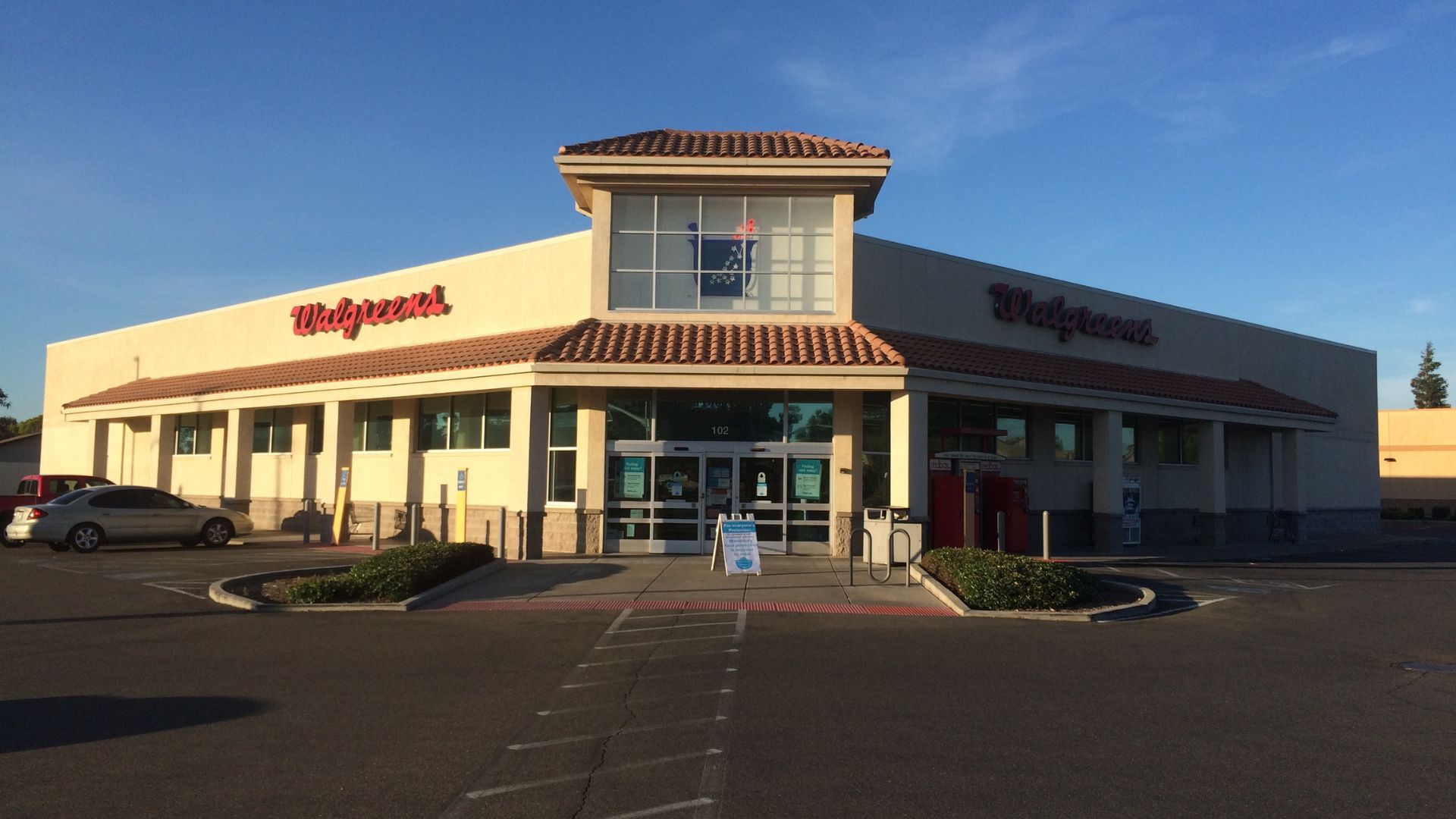
Though many stores may end up being closed, Walgreens seems intent on trying to minimize employee layoffs as much as they can.
Wentworth said, “We intended to redeploy the vast majority of the workforce at the stores we close.”
New Business Concerns
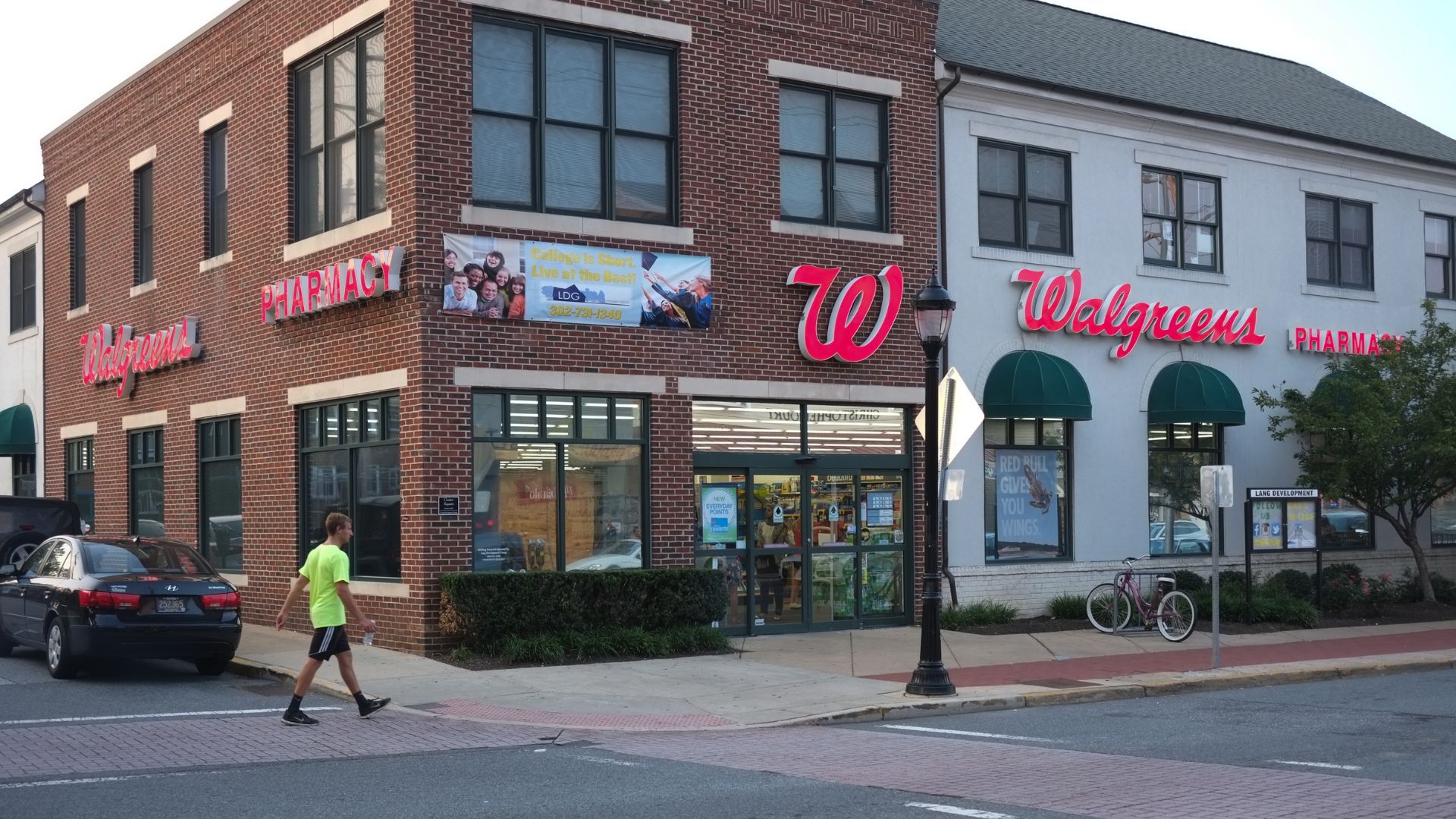
Walgreens is only the latest store that has openly struggled to keep profits high — and keep customers coming into their stores — during this period of consumer price fatigue.
Other industries, most notably the fast food industry, have also had to make changes as they strive to lure customers back to their restaurants. However, if prices remain high, consumers may resist these new deals and promotions.
